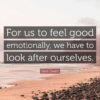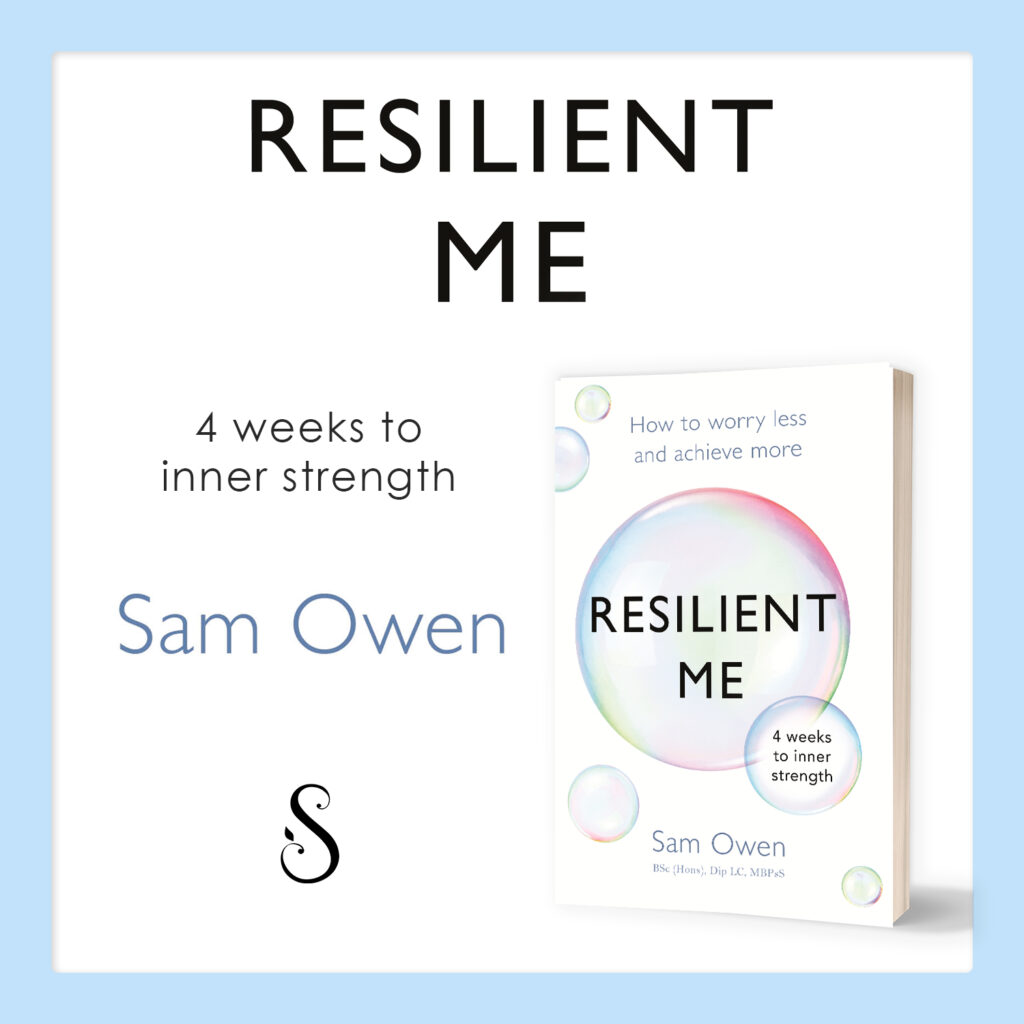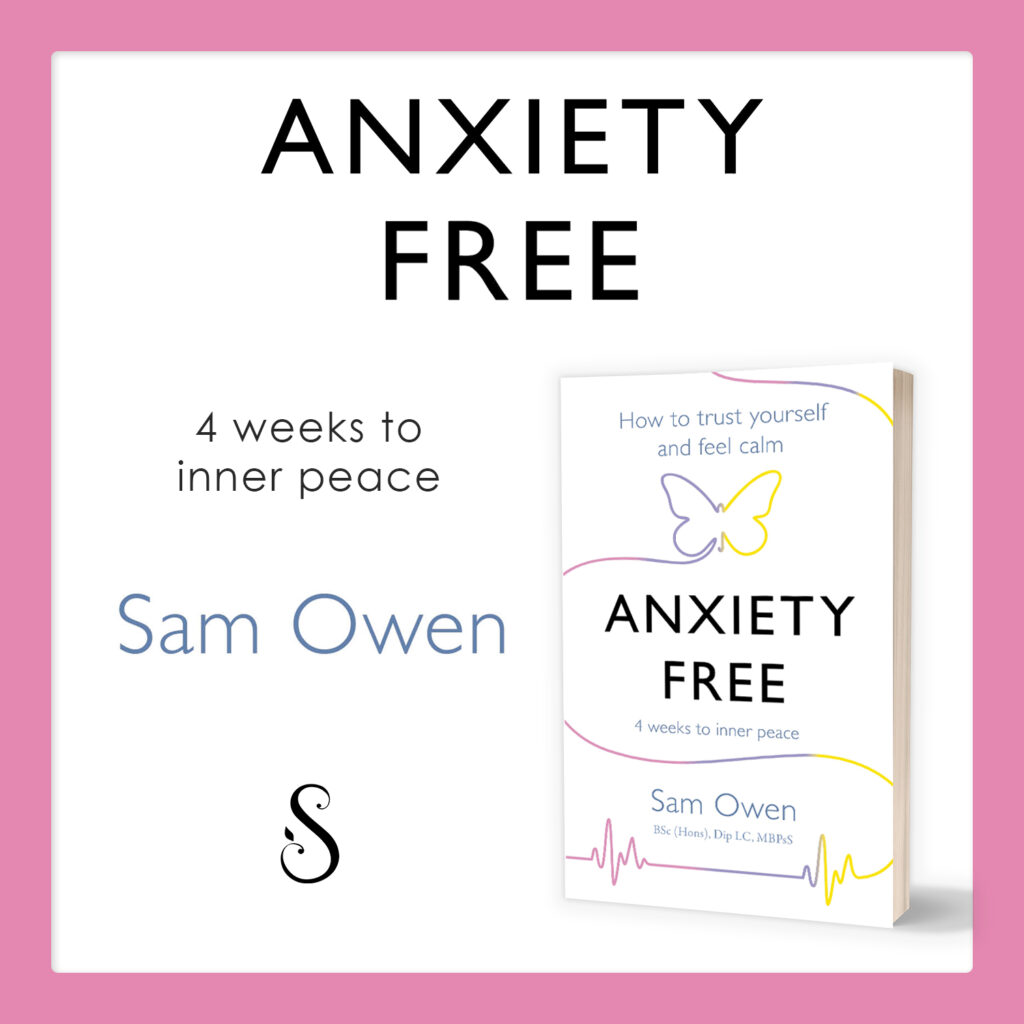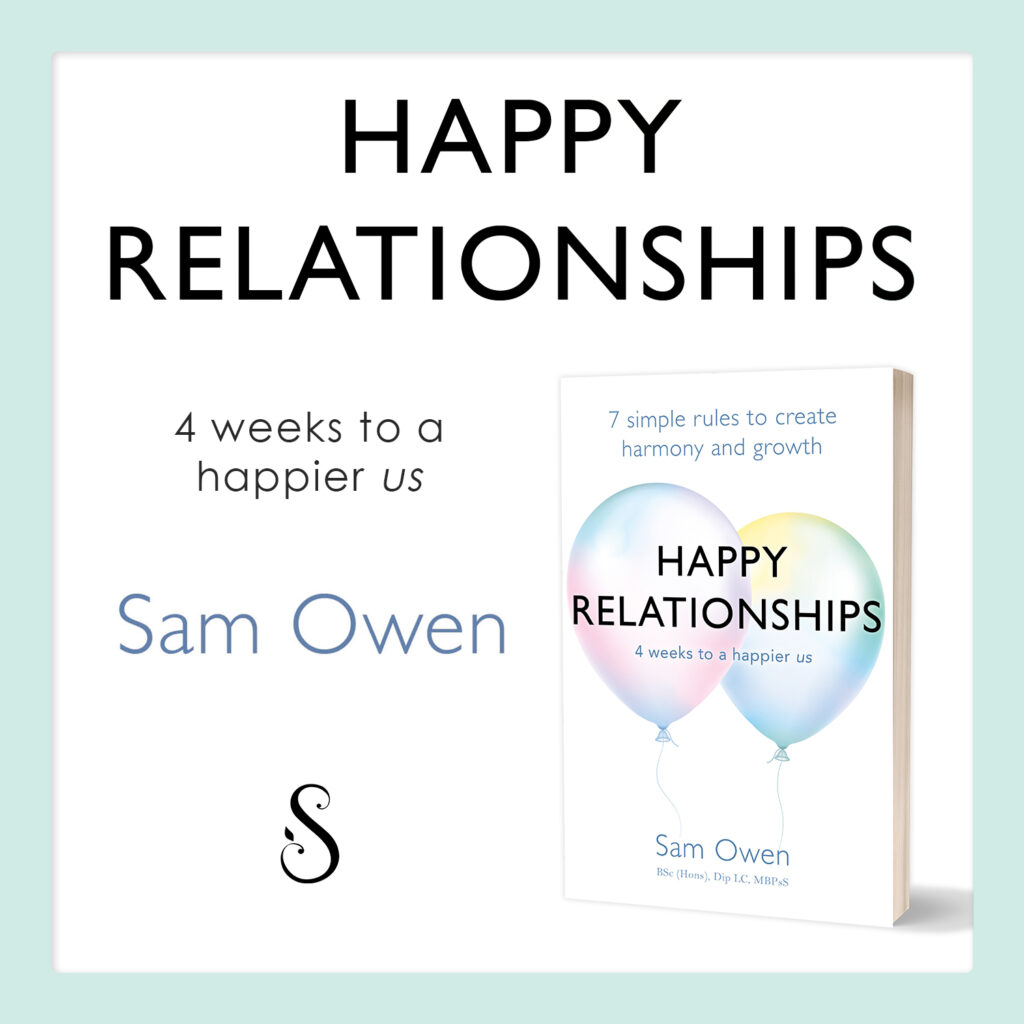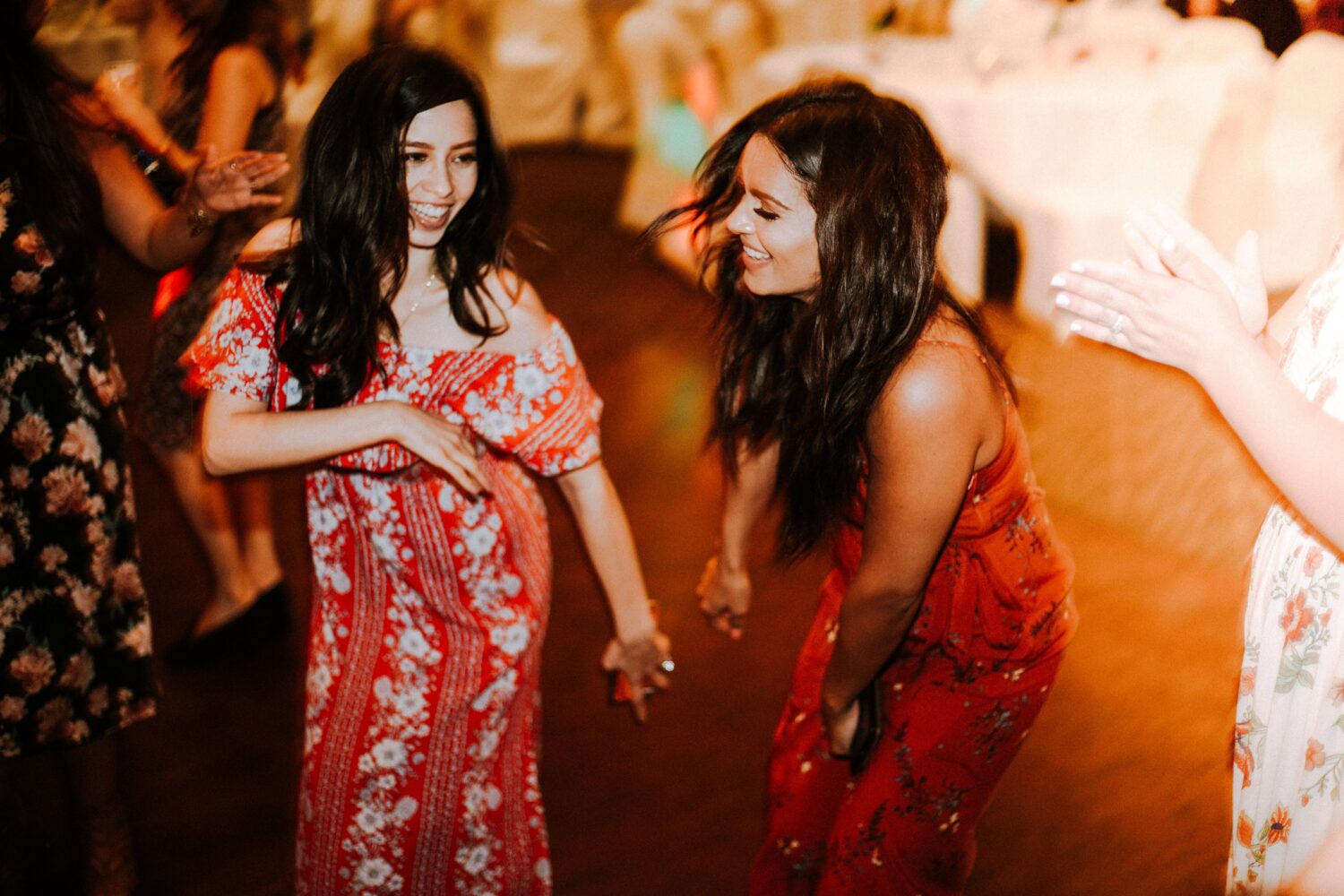
Ashley Banjo’s new Channel 4 show, Flirty Dancing, instantly piqued my attention because (a) I help people resolve dating and relationship challenges and (b) I wrote five pages on dancing research in my recently published book, Anxiety Free, and (c) I personally love to dance and do so recreationally, often.
Dance Research
Dancing can be both intimate and therapeutic; below I share an excerpt from Anxiety Free looking at the mental health and well-being effects of dancing:
‘Dancing is an important part of some cultures and even forms part of their good health and well-being strategy. For example, in African culture dance can be used as a form of individual healing and community healing when someone is going through psychological trauma. Also, some African societies tend to emphasise the social causes and impact of one person’s illness in terms of the individual’s relationship to the community and the spiritual world.54 It’s a wonderfully holistic view, one that encompasses society and quite rightly acknowledges the effect an individual has on society and vice versa.
‘In other cultures, dance is used for celebration or entertainment. For many, however, dance is something that is either performed professionally or not at all. Whether performed recreationally or professionally, dance is a fantastic way for people to regulate their emotions and maintain resilience for brain, body and mental health. Dancing is therapeutic. In a study of 474 non-professional adult dancers, participants completed a survey about their perceptions of the well-being effects they experience as a result of dancing recreationally.55 Numerous beneficial effects on their emotional, physical, social and spiritual well-being were mentioned, including benefiting their self-esteem and their ability to cope with stress and challenges, helping them to stay in physical shape, reducing pain and improving posture. Other benefits that really excite me are these I want to share with you.
‘People reported that dancing:
◊ makes them feel happy/elated/pleased/euphoric;
◊ helps them to feel released/relaxed/balanced;
◊ makes them feel energetic/alert/strong;
◊ helps them to express emotions;
◊ reduces negative feelings;
◊ help them to feel positive;
◊ improves their self-confidence;
◊ helps them to be in harmony with themselves;
◊ makes them more receptive/highly productive/focused;
◊ gives them a feeling of togetherness/affiliation;
◊ helps them to relax/rest the mind;
◊ helps them to forget worries/problems/negative thoughts;
◊ helps them to get rid of everyday hassles/get away from the everyday;
◊ helps them to nourish the soul.
‘What incredible benefits for emotion regulation and mental well-being in general! Whether you dance socially when out, in a dance studio at a fitness class, professionally on a stage or at home in the privacy of your bedroom, the benefits of dancing can again be tested by using your body as a device for measuring tension or anxiety, relaxation or inner calm. There is certainly something incredible that happens when you allow your mind to focus on the music and the movement and when you allow yourself to express and/or release emotion. Sometimes it is as though you have shaken or even flung those emotions from your body. It’s interesting how the shaking of anxiety from your body can be all you need sometimes to shake it from your mind; for example, when we’re having relentless negative thoughts, the distraction and movement that the music provides helps us to dispel the anxiety, even if just for a while.
‘Plus, like all physical exercise, because dancing creates movement in your body and puts your focus on the music and the movement rather than your problems, it can be fantastically transformative when you feel stuck in your mind, stuck in life and are searching for solutions to problems. When you read the chapter on problem-solving (p.213) you’ll notice two very specific research-based reasons why dancing can help you to gain answers and epiphanies. You may well find yourself stopping every so often to jot down answers and solutions that have ‘magically’ revealed themselves to you mid-dance, answers and solutions that will help you to solve and resolve your current anxiety completely (Calm Pillars 1 and 2).
‘Dancing also helps the brain to reap benefits similar to those we reap from physical exercise, such as a release of pain-reducing endorphins which make us feel happier, memory improvement and strengthened neuronal connections in the brain, which help us to learn and retain skills, as well as exercising several brain regions at once.56 Included are the motor cortex (involved in the planning, control, and execution of voluntary movement), the somatosensory cortex (responsible for motor control and plays a role in eye-hand coordination), the basal ganglia (work with brain regions to smoothly coordinate movement), and the cerebellum (coordinates and regulates fine and complex body movements). So dance is good for mental health and mental agility, skills you want to retain for overcoming anxiety throughout your life and for general health and happiness; and remember, you have a ‘use it or lose it brain’ so dancing is a way to ensure you retain good physical and mental health throughout your life.
And There’s More
Read the rest of this section on dancing in Anxiety Free to hear more fascinating research on the powerful health and well-being effects of the anxiety-soothing and anxiety-solving effects of dancing, whether you dance in a dance class, or just in the privacy of your bedroom.
Self-Help Courses Relationship Coaching Dating Coaching Anxiety Coaching Confidence Coaching










